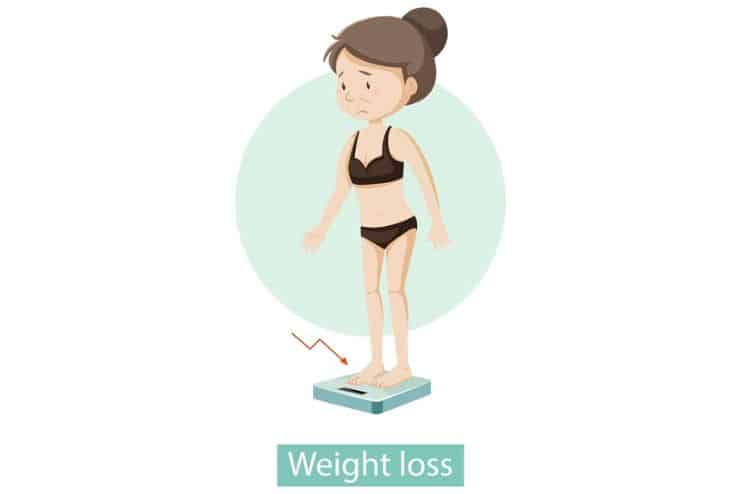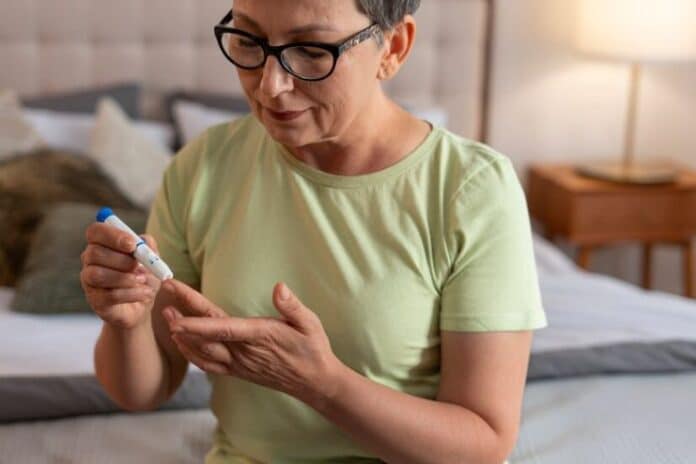Affiliate Disclaimer
Some links in this article are affiliate links. We may earn a small commission if you make a purchase through these links, at no extra cost to you. We only recommend products we find useful to our readersT1D is a chronic autoimmune disease in which the body fails to produce insulin, the primary hormone controlling blood sugar levels. Early diagnosis of type 1 diabetes has proven to affect long-term health positively.
Diagnosis of type 1 diabetes can be done based on the symptoms, physical examinations, and several laboratory tests.
Some knowledge of these diagnostic tests and procedures helps confirm the condition. This helps distinguish it from other types of diabetes and thus ensures appropriate and timely treatment.
When to See A Doctor – Symptoms

Type 1 diabetes (T1D) is characterized by a set of symptoms that are brought about by excess blood glucose levels. Type 1 diabetes should be diagnosed early so that proper management can be carried out.
Symptoms develop quickly within a few days or weeks, especially in children and adolescents. Some of the common symptoms include:
- Increased Thirst (Polydipsia): The first symptom of T1D is polydipsia, or excessive thirst. When the sugar concentration in the blood is very high, the body draws water from tissues to dilute this excess sugar. Hence, dehydration and an urge for fluids occur.
- Increased Urination (Polyuria): This increased thirst causes increased fluid intake, leading to frequent urination. The kidneys work to excrete excess glucose, drawing water and the glucose into the urine, resulting in more frequent urination.
- Excessive Hunger (Polyphagia): A child with T1D may get hungry often despite eating more than usual because the body fails to utilize glucose. The increased appetite is due to cells failing to absorb glucose for energy and its subsequent reduction because of a lack of insulin.
- Unexplained Weight Loss: Even as hunger and food consumption increase, T1D patients can experience significant weight loss. This is because the body starts breaking down its fat and muscle for energy, as the cell cannot utilize glucose.
- Fatigue: Energy production becomes inadequate in T1D. This makes a person experience weakness and fatigue.
- Blurred Vision: High blood glucose can pull fluid from the eye lenses, impairing vision or ability to focus.
- Slow-Healing Sores and Recurrent Infections: High blood glucose affects bodily functions, such as wound healing, infection response, and even general immune response. Individuals with T1D might find that cuts take longer to heal and are much more prone to infections.
- Diabetic Ketoacidosis (DKA): In a few cases, the symptoms may predominantly consist of diabetic ketoacidosis with T1D. DKA is a dangerous condition that occurs when the body starts breaking down fat to provide fuel and produces ketones, which can accumulate to harmful levels. Symptoms of DKA include nausea, vomiting, abdominal pain, confusion, and a fruity odor of the breath.
Initial Consultation

Therefore, the first consultation is essential in the diagnosis of type 1 diabetes (T1D) and typically occurs in the form of a detailed medical history examination by a physician. During this appointment, the doctor will discuss your medical history, symptoms, and family history of diabetes.
The provider would ask for any related signs or symptoms that may be associated with high glucose levels in the blood. Patients or caregivers must be prepared to discuss the onset and the course of such symptoms and any recent behavioral or health changes.
Following the history, the provider would perform a general physical exam for signs of diabetes complications. The provider will then decide whether to test further for a diagnosis of type 1 diabetes.
This approach would provide comprehensive management and appropriate care for potential problems.
Diagnostic Tests
The diagnosis of type 1 diabetes will be carried out through easy tests to find the blood glucose levels and whether specific markers associated with the disease are present. Here are some of the tests that might be vital in diagnosing diabetes:
Blood Glucose Test: Amongst the primary tests used in diagnosing diabetes is the blood glucose test. Physicians prescribe two types of tests:
- Fasting Blood Glucose Test: This test measures blood sugar after at least eight hours of fasting. If you have two consecutive values over 126 milligrams per deciliter (R), you have diabetes.
- Random Blood Glucose Test: This test does not require you to be on an empty stomach and has to be taken randomly. If your reading is 200 mg/dL or more (R), then you have diabetes.
- Glycosylated Hemoglobin Test (A1c): This test shows the average blood sugar level over the preceding three months. Any level above 6.5% (R) may indicate the presence of diabetes.
- Antibody Test: This blood test is done for antibodies, proteins made by the immune system that mistakenly attack the body’s tissues. Typically, an individual with type 1 diabetes will have specific autoantibodies.
Other Tests
Depending on the suspicion of diabetic ketoacidosis (DKA), other tests can also be performed to determine your overall condition and the complications.
- Basic Metabolic Panel: This test provides basic information, including the levels of glucose, electrolytes, and kidney function. This information is important for understanding the body’s chemical balance and metabolism.
- Urinalysis: This test is performed to determine the microscopic properties of urine. It detects chemicals such as ketones and substances produced when the body breaks down fats for energy rather than glucose.
- Arterial Blood Gas (ABG): In this test, blood is taken via the artery to measure oxygen and carbon dioxide levels. This test is done to determine the lung’s function and sometimes to diagnose DKA.
Additional Diagnostic Procedures
Continuous Glucose Monitoring (CGM)
Continuous Glucose Monitoring is a significant tool that can provide more insights into blood glucose levels than traditional fingerstick tests.
A CGM device has a small sensor that needs to be inserted into the skin, generally in the abdomen or arm. It continuously monitors the glucose concentration in interstitial fluid.
This real-time data is then wirelessly communicated to any compatible device, such as a smartphone, smartwatch, or insulin pump, so users can see their glucose trends at any point in the day.
Its key objective is to continuously track glucose levels throughout the day, providing data on how diet, exercise, and stress influence blood sugar levels. This information can help you work with your healthcare provider to manage insulin therapy and lifestyle modifications.
There is a slight delay in blood glucose levels and interstitial glucose reading, but the continuous stream of information reduces reliance on frequent fingerstick glucose measurements.
To work safely and effectively with CGM technology, you must learn to calibrate the device and, if necessary, interpret the data. Healthcare providers and diabetes educators often recommend in-office or one-on-one training to help make this learning process more manageable.
Although complicated, CGMs enhance diabetes management, reducing hypoglycemic events and lowering HbA1c values (R).
Urinalysis for Diabetes: Glucose and Ketone Tests
Urine tests help manage diabetes by monitoring glucose and ketone levels. Although these tests do not diagnose the disease, they are useful for managing it. In diabetes, if blood glucose levels increase to a point beyond which they cannot be reabsorbed, the excess glucose may be excreted through the urine.
Similarly, when the body starts breaking down fats for energy because of a shortage of glucose, the byproducts are ketones.
Routine urinalyses are helpful, mainly when used with CGM. They can help you observe periods of uncontrolled blood glucose, which can help in timely therapeutic interventions.
Conclusion
Diabetic care is all about knowing the proper diagnostic procedures essential during diabetes care. Real-time glucose insights from a CGM will allow you to make informed diet, physical activity, and medication decisions.
This technology reduces reliance on fingerstick checks and significantly improves your quality of life.
All the above diagnostic procedures will help you work with your care providers to devise better treatment plans, thereby improving diabetes management and your chances of avoiding serious health complications.
Technology in diabetes care will continue to improve patient outcomes because advancements in the field have been continuous. So patients and their healthcare providers must remain informed and attentive throughout their healthcare journey.
In this Article


















